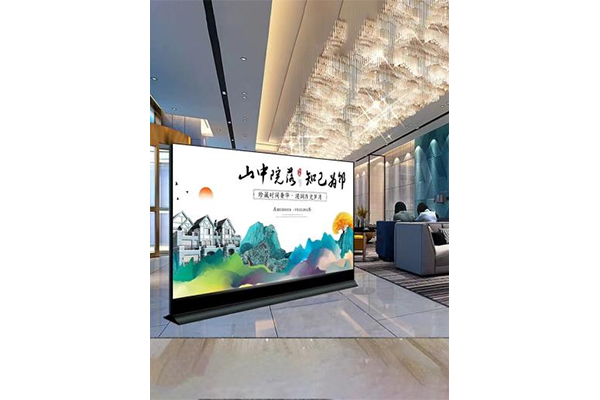The influence of kabu light box color matching on visual effects
Release Time : 2024-12-19
As a common advertising display tool, kabu light box's color matching plays a key role in attracting the audience's attention, conveying information, and creating a specific atmosphere. A reasonable color combination can greatly enhance the visual effect and enhance the influence of advertising.
Bright color contrast makes kabu light box stand out in many environments. For example, pairing bright yellow with deep blue, the vitality of yellow and the calmness of blue set off each other, can instantly catch the eyes of passers-by. High-contrast color combinations, such as black and white, are simple and strong. They are effective in conveying concise information. They can enhance the visual impact and make the advertising content easier to remember.
Different colors have unique emotional cues. Red usually represents enthusiasm, vitality and urgency. It is suitable for light box advertisements for promotional activities and can stimulate consumers' desire to buy. Green gives people a sense of nature, freshness and comfort, and is often used in environmentally friendly or health-themed displays to create intimacy and trust among the audience. Pink conveys tenderness and romance, and can create a corresponding atmosphere in kabu light boxes in beauty, wedding and other industries, arousing emotional resonance and thus shortening the distance with the target audience.
Choosing colors that coordinate with each other can create a harmonious and unified visual experience. The combination of similar colors such as orange and yellow can make the light box image appear warm and layered. The use of complementary colors or triangular opposite colors in the color harmony theory, if used properly, can also achieve balance in changes, avoid visual confusion, make the audience feel happy when viewing, and improve the favorability of the advertisement.
The more colors the kabu light box has, the better. Too many colors can easily cause visual fatigue and confusion, causing key information to be overwhelmed. Generally speaking, it is appropriate to use two to three simple main colors with a small amount of auxiliary colors. For example, use one main color as the background, match it with another prominent text or pattern color, and then use a small amount of decorative colors to embellish it. This can not only ensure that the message is clearly conveyed, but also improve the overall aesthetics and professionalism through a concise color layout. sex.
The color matching of kabu light box also needs to consider the display environment. In bright outdoor environments, bright, highly saturated colors are easier to detect; while indoors under softer light conditions, some elegant colors can be appropriately used. If the light box is located in a specific style place, such as a retro neighborhood or a modern commercial center, the color matching should match the style of the surrounding environment to achieve a balance of integration and prominence.
The color matching of kabu light box is a comprehensive art, which works together to achieve visual effects through many factors such as color contrast, emotional resonance, harmonious combination, quantity control and environmental adaptation. Advertising practitioners and designers should have an in-depth understanding of color principles and carefully select and match colors based on the advertising purpose, audience characteristics, and display environment, so as to create kabu light box works with strong visual appeal and information transmission capabilities, which can be used in commercial promotion and play greater value in information dissemination.







